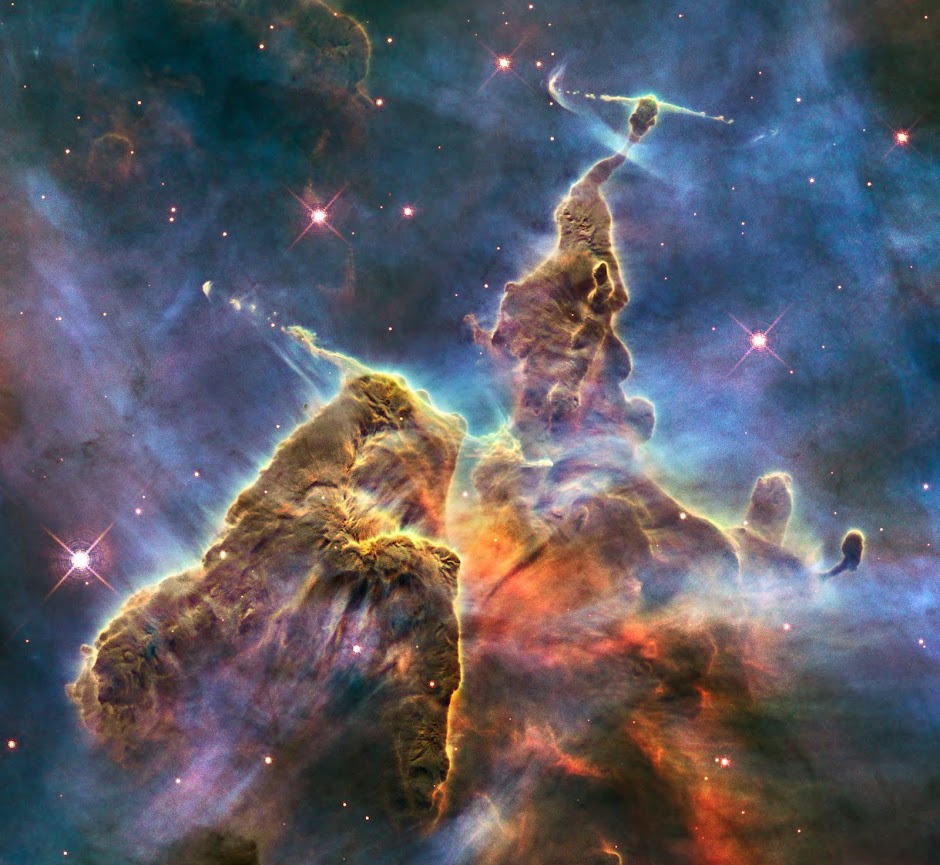 Credit: NASA/JPL/Space Science Institute
Credit: NASA/JPL/Space Science InstituteSpiral Galaxy M51 and companion galaxy NGC 5195.
 Credit: S. Beckwith (STScI), Hubble Heritage Team, (STScI/AURA), ESA, NASA
Credit: S. Beckwith (STScI), Hubble Heritage Team, (STScI/AURA), ESA, NASA
 Credit: NASA/JPL/Space Science Institute
Credit: NASA/JPL/Space Science Institute Credit: S. Beckwith (STScI), Hubble Heritage Team, (STScI/AURA), ESA, NASA
Credit: S. Beckwith (STScI), Hubble Heritage Team, (STScI/AURA), ESA, NASA
 |
 |
 |
 Prominence taken by the Solar Dynamics Observatory
Prominence taken by the Solar Dynamics Observatory Full-disk multiwavelength extreme ultraviolet image of the sun taken by the Solar Dynamics Observatory
Full-disk multiwavelength extreme ultraviolet image of the sun taken by the Solar Dynamics Observatory
 Credit: NASA, ESA and the Hubble Heritage Team (STScI/AURA)-ESA/Hubble Collaboration.
Credit: NASA, ESA and the Hubble Heritage Team (STScI/AURA)-ESA/Hubble Collaboration. Wide-field view of Messier 66. Credit: NASA, ESA and and Digitized Sky Survey 2.
Wide-field view of Messier 66. Credit: NASA, ESA and and Digitized Sky Survey 2.
 Credit: NASA/JPL-Caltech/UCLA
Credit: NASA/JPL-Caltech/UCLA
 |
| Credit: NASA/JPL-Caltech |